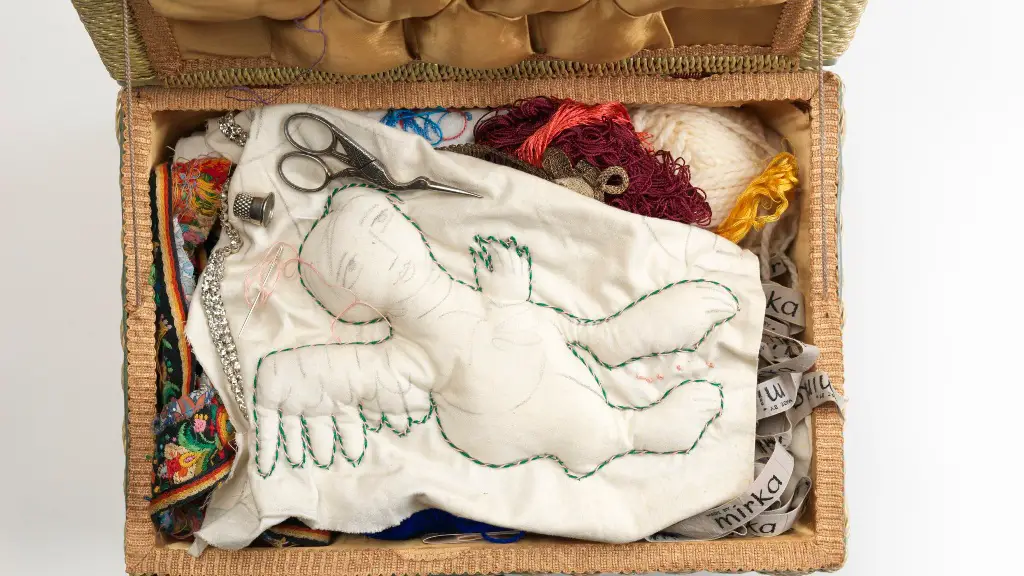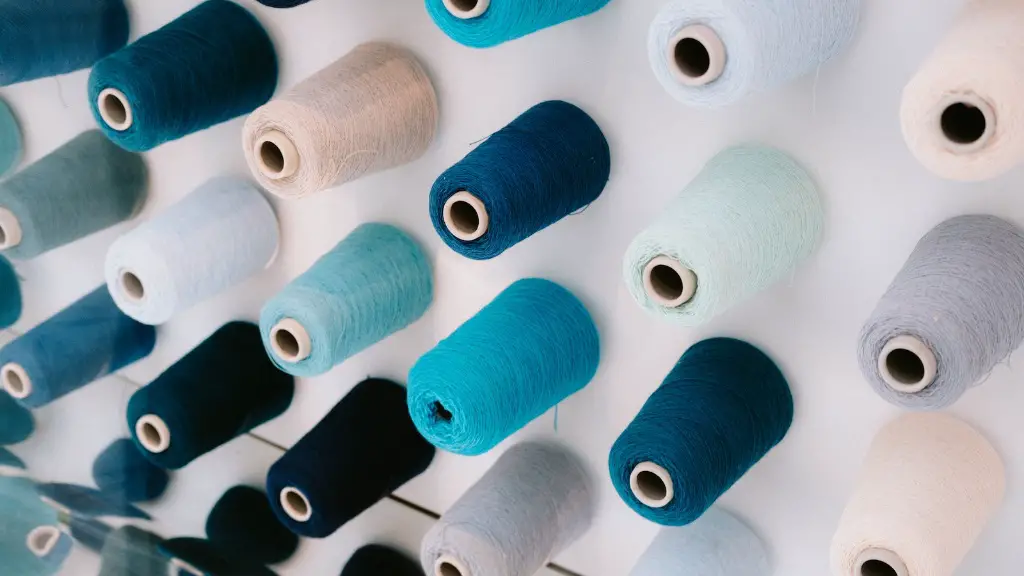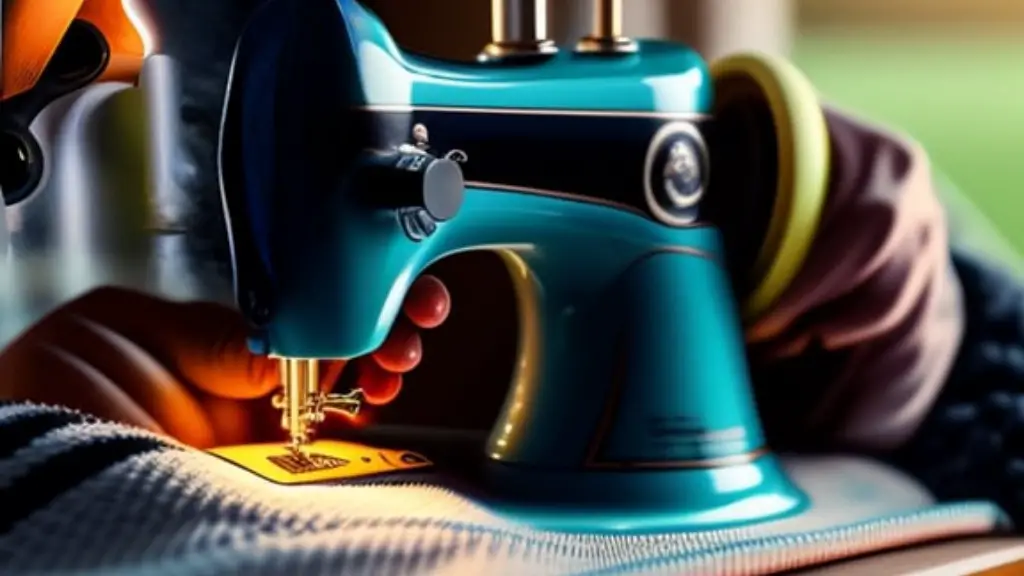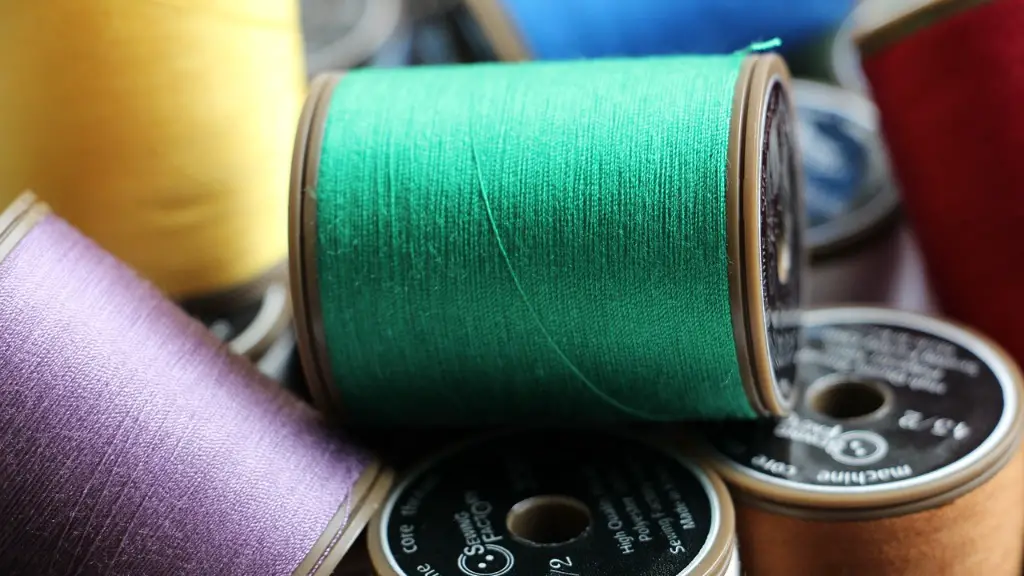Quilting is an art form that has been around for centuries. It involves piecing together of fabrics and patterns to create a patterned cover for a quilt or blanket. Many people enjoy quilting as a hobby, but it can also be used as a way to create a unique home decor. Quilting can be a great way to add a personal touch to your home without spending a lot of money.
The most common way to quilt is by hand. This traditional method of quilting involves using needle and thread to stitch the fabric together. While quilting by hand can be very rewarding, it is also time consuming and requires a lot of patience.
In recent years, quilting has become far easier with the invention of the modern sewing machine. Quilting with a regular sewing machine is a great way to produce a professional-looking quilt at a fraction of the time required for hand quilting.
To successfully quilt on a regular sewing machine, the first step is to ensure the correct machine settings. The stitch length, thread tension, presser foot pressure, and other settings may need to be adjusted for the particular quilting project. It is also important to choose the correct quilting needles for the job. Quilting needles are designed specifically for quilting and are slightly thicker and stronger than regular sewing needles.
Another important factor to consider is the type of fabric used. Quilting fabric should be pre-washed and pressed before quilting in order to prevent shrinking and warping during the quilting process. Additionally, it is important to use a rotary cutter and cutting mat to ensure accurate measurements and straight edges on the fabric.
Once the fabric and settings are prepared, it is time to start quilting. Begin by piecing the fabrics together in the desired pattern, and then quilting the seams together with a presser foot. Quilting with a regular sewing machine requires more time and attention to detail than quilting by hand, but the results can be worth it.
In order to keep the quilt looking neat, the quilting lines should be kept straight and uniform. It is also important to use the same color of thread throughout the quilt in order to achieve a consistent look. Finally, the quilt should be secured with a binding to give it a finished look.
Basting
Basting is an important step in the quilting process that should not be overlooked. Basting involves temporarily attaching the quilt top, batting, and backing together with safety pins or gluing spray before quilting. Basting helps to keep the quilt layers perfectly aligned before quilting, resulting in a clean-looking quilt.
Quilting Patterns
One of the most creative aspects of quilting is coming up with the design. Quilting patterns can range from simple geometric shapes to more intricate free-motion designs. Many quilters choose to use stencils or pattern guides to help them create the perfect quilting pattern.
Pressing
Once the quilt is finished, it is important to press the quilt in order to remove any puckers or creases. This can be done with a steam iron or pressing cloth to ensure a crisp, professional look.
Caring For Your Quilt
Finally, in order to keep the quilt looking its best, it is important to properly care for it. Quilts should be washed and dried on the gentle cycle in a cool setting. Ironing should be done with a steam iron and a pressing cloth on the wrong side of the quilt.
Quilting with a regular sewing machine can be a great way to add a personal touch to your home decor. With the correct preparation and patience, anyone can create a beautiful quilt with a regular sewing machine.



